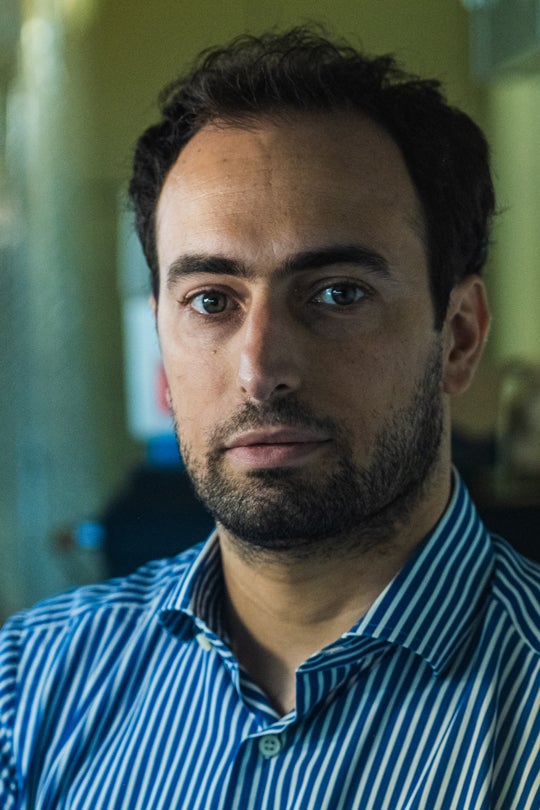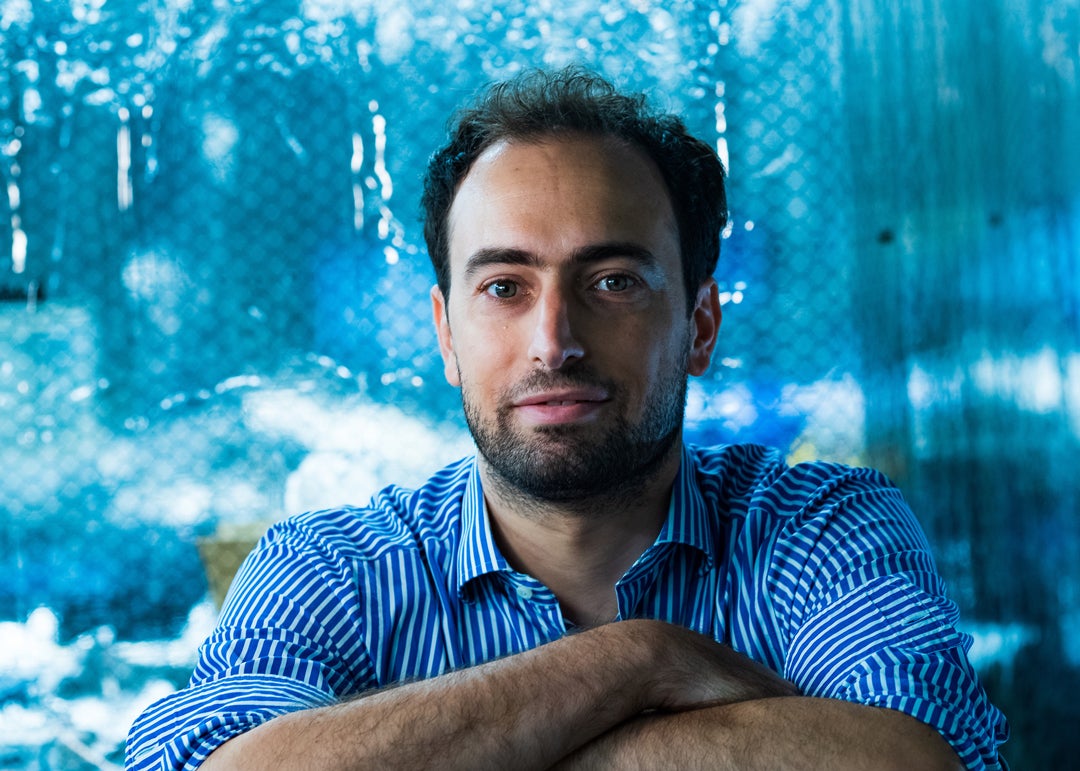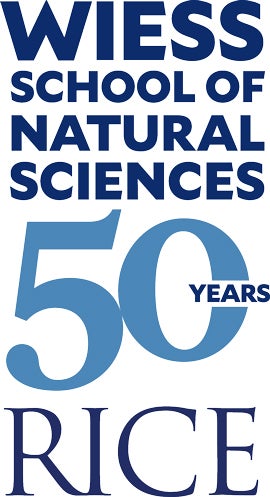
Guido Pagano is using the latest tools of quantum computing to research fundamental questions about the nature of matter and life.
“My main fascination with physics has always been the fact that it can describe, mathematically, the world around us,” said Pagano, an assistant professor of physics and astronomy.
Pagano’s lab uses the same trapped-ion quantum computing hardware that is used in industry, but with the twofold aim of addressing fundamental research questions in physics, chemistry and biology, and in turn, using those investigations to advance the field of quantum computation.
“I can speak the language of quantum information because I use the same platform,” he said. “But in general, I’m curious about big-picture questions, like why nature evolved in a certain way, for example, or why things behave exactly this way or have this mathematical structure?
“Those are the kinds of things we try to probe experimentally,” Pagano said. “The main aim of my lab — what I try to convey to students — is to broaden the scope and the applications of quantum computing hardware.”
In classical computing, information is encoded as digital bits that can have only two values, one or zero. Quantum computers use quantum bits, or qubits. These can encode information as ones, zeros or as a probabilistic value between one and zero. Pagano’s research group specializes in a particular form of quantum computing known as quantum simulation, where some of the system’s qubits are used to directly simulate aspects of theoretical models that are challenging to simulate with classical computers due to the vast complexity of quantum mechanics.

“The idea is to map the natural system to a physical, experimental system in the lab, and then to evolve that experimental system and extract the answer at the end,” Pagano said.

For example, in a published study in November, Pagano, Computer Sciences’ Anastasios Kyrillidis, Civil and Environmental Engineering’s Leonardo Duenas-Osorio, and Physics and Astronomy’s Kaden Hazzard demonstrated a new method to achieve quadratic advantage on a Boolean satisfiability problem, a prototypical problem of fundamental importance in computational complexity theory.
The experimental platform also provides an exquisite level of control that makes it possible to test models of quantum chemical and biological processes. “For example, with trapped-ion quantum simulators, you can mimic the biomolecular environment, and then make precise changes and see how the system responds,” Pagano said. “So, the deeper question is, ‘How can we use these experimental platforms to be useful for fields that are not only in the physics realm, like condensed-matter or high-energy physics, but also for biology or chemistry or engineering?’”
“It would be great if we could use a quantum simulator to answer, or at least to give some insights into questions, like, ‘Why is photosynthesis so fast?’ ‘Are there quantum effects in photosynthesis, and if so, what role do they play?” Pagano said. “That is what drives me: to answer these types of questions that relate more directly to nature.”

